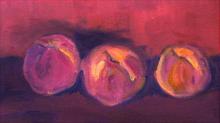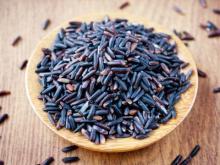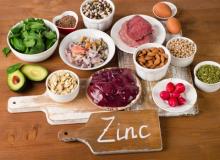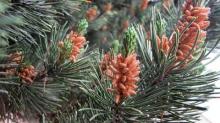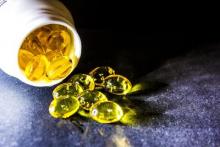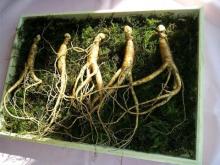5 Acne-Fighting Foods You Need To Eat
I know how annoying acne can be. In fact, it can be downright depressing. Really bad acne can make you want to stay home all day and make you feel like everyone is looking at your skin. Recently, I have been dealing with terrible breakouts, which is uncommon for me. While I've always had acne, it has recently gotten a lot worse. I have a sneaking suspicion as to why: I tried to cure it topically and it wound up backfiring in my face (literally).

